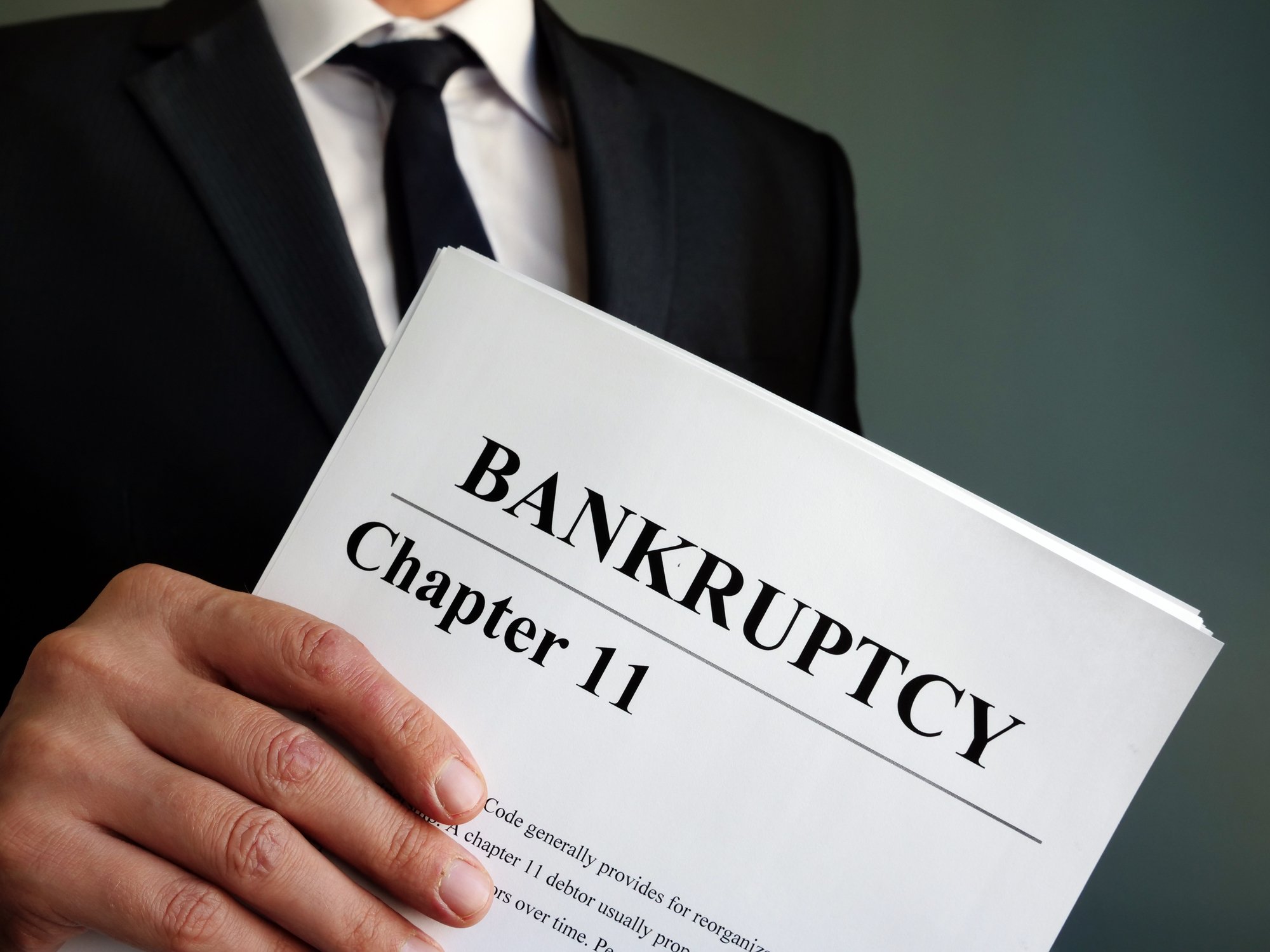From Oct. 1, 2011, to March 14, 2013, natural gas spot prices -- the most common one used is the "Henry Hub" spot price -- stayed below $3.77. For the first six months of 2012, the spot price was below $2.75 per MCF:
Henry Hub Natural Gas Spot Price data by YCharts
Why is this short history lesson important? In short, to illustrate just how far the industry, and natural gas producer Chesapeake Energy (NYSE: CHK), has come. From mid-July 2011 to mid-May 2012, Chesapeake would lose 59% of its value, and the early seeds of the eventual ouster of co-founder and CEO Aubrey McClendon would be planted:

Chesapeake CEO Doug Lawler. Source: Chesapeake Energy
Today's Chesapeake Energy, led by CEO Doug Lawler, brought in after McClendon's ugly ouster as CEO has continued the deleveraging that was begun before his tenure, while also implementing a more cost-conscious and disciplined approach to running the company. Where McClendon was hell-bent on making the biggest company he could, Lawler and his team have sold off assets, reducing the company's capital requirements, and focused exclusively on profitable growth.
With that perspective, let's take a look at where things stand with Chesapeake Energy today, especially as production increases combine with the summertime lull in demand to push prices almost down to the $4 mark for the first time since January, when they fell to $3.95.
Industry focusing on oil and liquids
It's important to remember that this was just a few years removed from very real fears that the domestic supply of natural gas was almost exhausted. The shale reserves were known, but until hydraulic fracturing and horizontal drilling technologies revolutionized the industry, those reserves were inaccessible. After nearly two years of exhaustingly competitive expansion and growth, the industry as a whole realized it was killing itself, and overproduction had pushed the price down to the point where everyone was losing money. Today, that's changed:
To paraphrase Pickens, the problem today is almost reversed as much of the industry focus is on production of oil -- not natural gas -- largely due to the price premium per unit of energy that oil gets today. Even Chesapeake Energy has been drawn by the call of good money in oil, adding significantly to both its reserves, and its oil production in recent years. While natural gas still makes up the lion's share of Chesapeake's production, as of May 2014, Chesapeake management was projecting that production of oil and natural gas liquids (think propane, butane, etc.) would grow as much as 33%, while natural gas production would only grow 4-6%.
How important are liquids to Chesapeake? Think about it this way:
Source: author
In the first quarter of 2014, the company's total production of liquids and natural gas was equivalent to 60.8 million barrels of oil. Of that total, 43.3 mmboe -- or 71% of production -- was natural gas. But natural gas only accounted for $697 million -- less than 39% -- of the total of $1.77 billion in natural gas, oil, and NGL sales. Going back to the same periods in 2011 and 2012, NGLs weren't even listed on the company's 10Q, and natural gas was the dominant source of both production and sales.
Disciplined hedging approach
I recently wrote this article that discusses the importance of hedging for Chesapeake, and if the recent trend of gas prices falling continues, this strategy could turn into a real boon for the company over the summer. This image, from a recent Chesapeake Energy presentation, further highlights just how much of the company's production has a floor price:

While hedging can limit the upside, it's a great way to protect the downside, and also guarantee acceptable rates of return. With natural gas' seasonality, a well-executed hedging strategy can lead to getting better than market prices at times.
Looking down the road
At some point, natural gas prices are going to start rising again. As Pickens described, the majority of drilling rigs are committed to oil, and until the market turns in favor of natural gas, producers will keep focusing where there's money to be made. Natural gas has some tailwinds in its favor, though.
- The current political climate makes it a favorable source of electricity production versus coal.
- Momentum is growing to increase its use as a heavy transportation fuel versus diesel.
- Significant exports are coming online within the next 18 months.
Combined, these three things will lead to increased demand, which should mean higher prices in the long term. Chesapeake management has shown the discipline to negotiate the changing environment, and I expect that to be the case as demand for -- and the price of -- natural gas increases. Combined with the diversity of oil and NGLs in its portfolio, and Chesapeake is in pretty good shape today.









